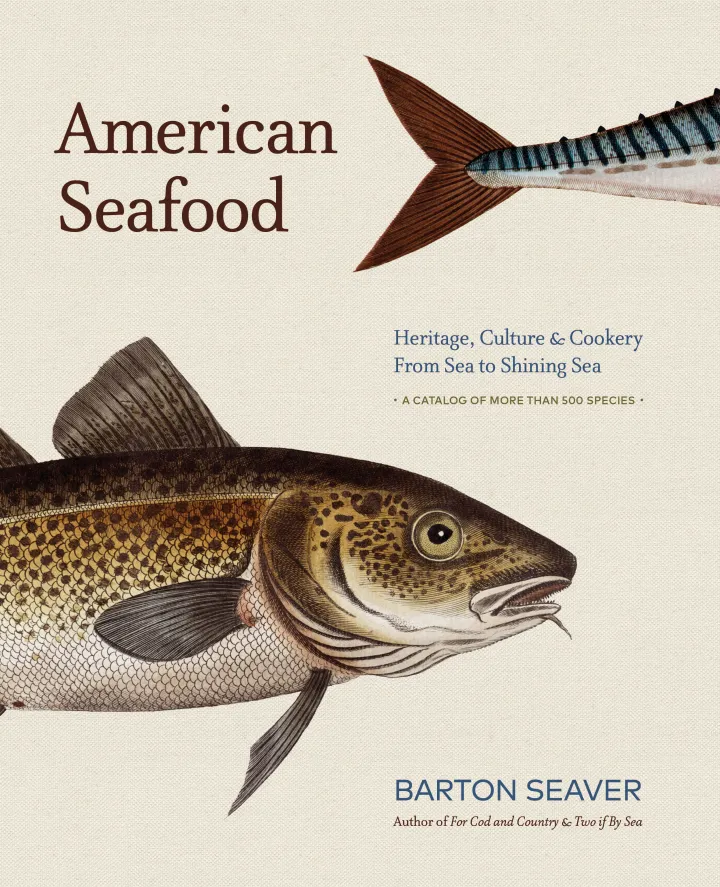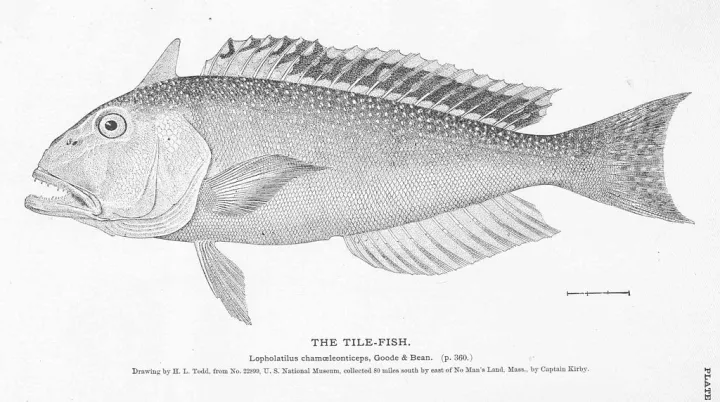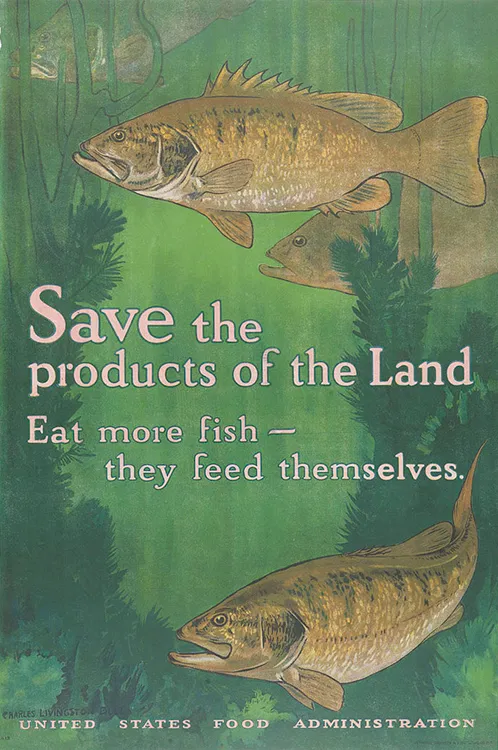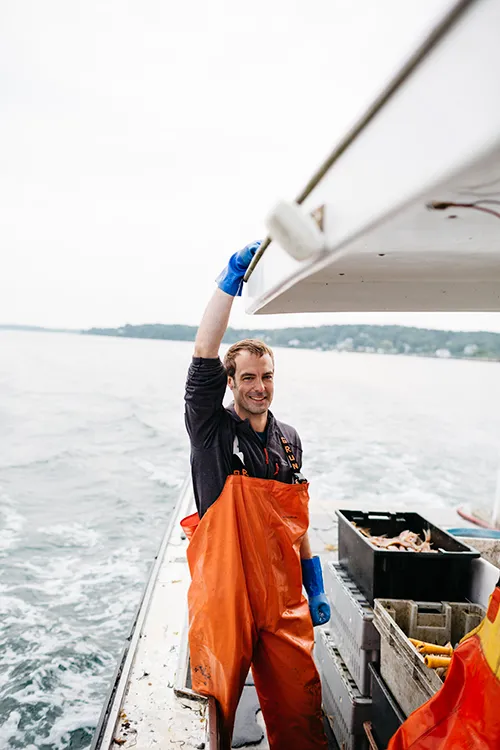America’s ever-changing relationship with seafood

A conversation with chef and author Barton Seaver
In 1879, while fishing off the coast of Nantucket, Massachusetts, cod trawler Captain Kirby made an exciting discovery. Instead of the famous Atlantic cod he was expecting, he was greeted by a haul of peculiar fish. After a quick taste test below deck, the crew said it was more delicious than any fish they had ever tasted.
But today, even among seafood enthusiasts, you would be hard-pressed to find a person in the United States familiar with the tilefish (what the mysterious fish was eventually called). It’s not as if the tilefish isn’t fished anymore—around 2.42 million pounds were caught in 2015 by American fishermen. American chefs seek out the fish for its savory, flaky meat, often described as subtly sweet and similar in taste and texture to lobster. Yet for shoppers perusing the fish counter at the grocery store or fish market, tilefish are either nonexistent or don’t get a second glance.
Tilefish weren’t always unknown. Envisioning the fish’s potential immediately after its discovery, cod fisherman began setting their nets to depths more suited for catching tilefish than cod. The United States Fishing Commission (the predecessor of the National Oceanic and Atmospheric Administration) were optimistic that a new, thriving industry was about to be born.
That was until the fish disappeared. In 1882, only three years after it was discovered, a fluke spell of cold water killed most of the tilefish off the coast of New England. Sailors on steamships crossing the Atlantic recounted how dead fish stretched across the surface of the ocean for up to 170 miles. One captain’s estimate placed the number of dead tilefish at just under 1.5 billion fish. It was a decade before another tilefish was seen.
By that time, however, “America’s tastes had moved on and they [tilefish] had fallen from our culinary graces. They never were really to return to prominence,” says Barton Seaver, chef and author of the recently published book American Seafood: Heritage, Culture & Cookery From Sea to Shining Sea, a comprehensive compilation of fisheries and seafood throughout the history of America. According to Seaver, the tale of the tilefish is a great example of America’s relationship with seafood in general.
To understand why Americans cherish and eat certain seafood but disregard others, it is essential to start from the beginning. As the first European settlers colonized the Americas they were greeted by an abundance of fish we can only dream of. But with seafood so easy to catch it was quickly deemed a poor man’s food.
Take lobster as an example. Once regarded with such distaste that it was fed to servants and prisoners and ground to bits for fertilizer, lobster is now a popular menu item at seafood restaurants, often with a price tag to match. Initially, it was the bounty of lobster that gave them such a bad reputation. In the 1600s and 1700s, an overabundance of the crustacean caused colonial Americans to loathe the lobster. Indentured servants in Massachusetts were so sick of the food that they added clauses in their contracts that limited lobster to only three meals a week. It wasn’t until the 1870s when tourists from New York and Washington discovered lobster that they became a sought-after food. Helped by a new canning industry that allowed shipping of perishable items outside of New England, the lobster gained widespread popularity and prices soared.
For most other seafood, however, convincing the average consumer to switch their perception was a tough sell. In an effort to ramp up seafood consumption during World War I the government launched an extensive campaign urging every citizen to eat seafood in support of the troops. But by framing seafood consumption as a patriotic duty, the government only further lowered America’s taste for seafood and after the war, seafood consumption fell. It wasn’t until Japanese immigrants introduced sushi to mainstream American consumers in the 1970s that we nixed our bias against fish.
Now, as coastlines teeming with endless seafood bounty are a distant memory and fish populations struggle as we get ever better at catching what remains, America will have to overcome the habit of eating the tried and true and instead turn to more plentiful but underappreciated options. Increasing the types of fish people eat can lessen the burden on heavily fished stocks, giving them a chance to recover. And just as farmers’ markets opened household kitchens to purple cauliflower and heirloom tomatoes, perhaps restaurants can help introduce unfamiliar, but plentiful and delicious, fish into our culinary conscious.
For Seaver, who has spent his career championing sustainable dining, the future is optimistic. “This is a completely positive narrative that has a very positive prospect for sustaining the men and women fishing communities from an economic standpoint, but also creating an inherently more sustainable relationship with our oceans through our actions as consumers. What I really love about this narrative is that it puts the power in our hands.”
Many of America’s lesser-known fisheries have plenty to offer. Dare to try dogfish? It is currently the most abundant fish caught off the coast of New England, yet almost all of it is exported to France where it is marketed with the more appealing name of “saumonette.” Or, perhaps, take the advice of Captain Kirby’s crew and seek out the flaky meat of the tilefish. In American Seafood, Seaver suggests preparing it “bathed in a dense brine… slowly hot-smoked and sliced very thin. The flavors of highly aromatic wood with a hint of spice, such as alder or cherry, provide the fish with a perfect point of flattery.” With such a mouthwatering description, how can you not try a bite?





